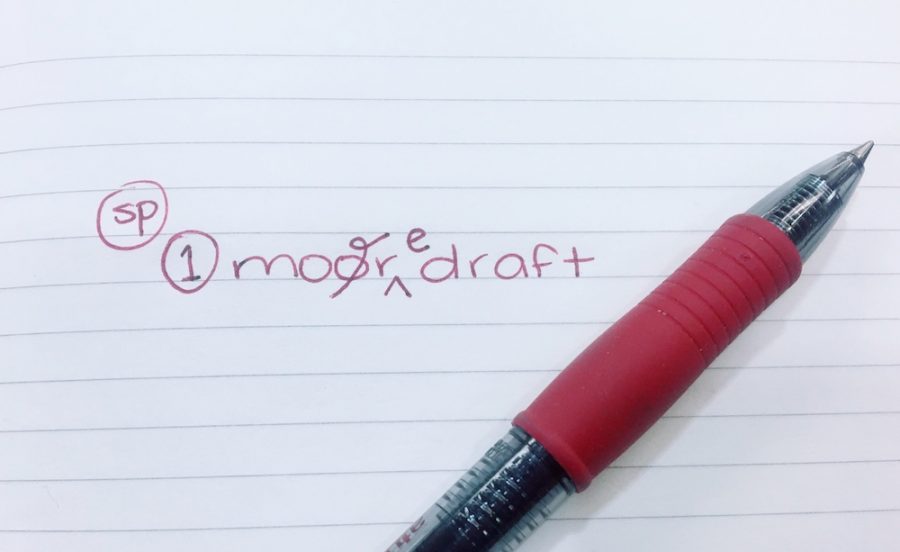Most authors will agree that writing is an enjoyable process that allows them to be as expressive, daring, and snarky as they want. They will also agree with equal ferocity that writing can be very stressful. Every writer who sends in their work expects it back colored in red ink, which may not seem so bad at first, but which can become rather tedious and mind-numbing after multiple drafts come back again and again and again and again. Many questions and concerns can arise during this period of time. One might ask, won’t all of this editing take away the voice I have? How can I publish what I want to say if no one likes what I write? These are good questions, and the key to answering them is simple: it involves distinguishing the writer from the editor and finding the balance between feedback and recognition of voice. And the first step to figuring this out is by learning what exactly an editor is.
Let’s face it: no matter where you look to publish a book, your manuscript will always, at some point, be covered with red ink. The biggest issue that arises is not knowing how much editing is too much editing. When authors start writing, they have an idea they want to present—a particular story they want everyone to visualize and enjoy! But sometimes they’re not sure how to expand a summary into something exciting to read or whether or not others will get their meaning or their jokes. This is where editors come in. Believe it or not, editors aren’t out to rip your work to shreds and look for any little thing that displeases them (sure, it may look like it with all those scribbles, but that’s not what’s happening). Editors follow a certain set of guidelines that help them figure out how the author can make the book better. While looking through a book, they carefully scrutinize every page to check for grammar, logic, consistent character development, and understandability of the piece as a whole. They take notes on these various things and offer suggestions in order to show what parts could be fixed. This could include clarifying dates or timelines, helping the reader understand the motives of certain characters, and even picking up on potential plot holes that could cause some trouble for future readers. This is a tedious job that editors are trained to perform in order to make a work polished in its final form.
So what is a writer to do with all of these never-ending red lines and comments about the various parts of their book? Naturally they want to make sure that their book is pleasing to as many people as possible. However, one crucial thing that a writer must never forget while editing their work for the umpteenth time is to keep a firm hold on their writing style. The style of editing the book is not the same thing as the author’s writing style, or voice. This voice is created by the emotions the writer puts to the page, inspired by their thoughts and dreams, and characterized by their personality; this results in fresh content that can connect to readers. In her blog post “What is Writer’s Voice?,” Rachelle Gardner writes, “Most of us spend our lives presenting to the world anything and everything except who we really are. We present images of who we want to be. We show the world what we want them to see. We expend lots of energy upholding our facades, and in the process, we can lose touch with our true, unique selves. Many of us are afraid of real, total, gut-wrenching honesty.” Editors have seen many books pass through their hands and have put many lines through words that ring in their ears like clichés. This doesn’t mean that everyone has the same opinion. Everyone has different ways of understanding the world around them, and in order to draw that out for a keen audience, it is necessary for an editor to make all those red lines and to work with the writer to help them dig out their own unique voice.
Although editors and writers have different experiences, talents, and ideas, they have the same goal at the end of the day: they want to connect to a particular audience. In order to accomplish this goal, they must cooperate and work together. An editor needs to test the various chapters to make sure readers will feel connected to the characters, understand the plot, and not stare at sections of words or confusing dialogue while scratching their heads. A writer needs to try and incorporate an editor’s suggestions in a way that reflects the idea and story they want to convey. With enough feedback, good editing, redrafting, and reconstruction, editors and authors can work together to create a story that readers will flock to the shelves to buy.

